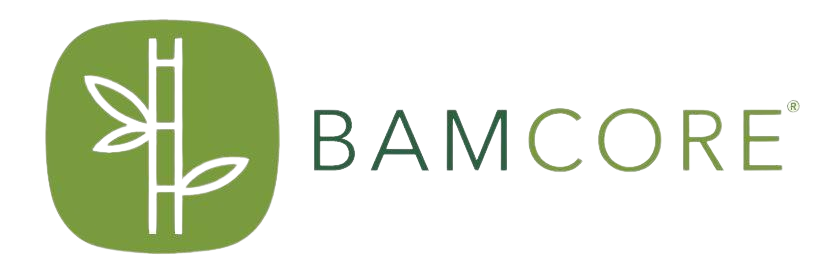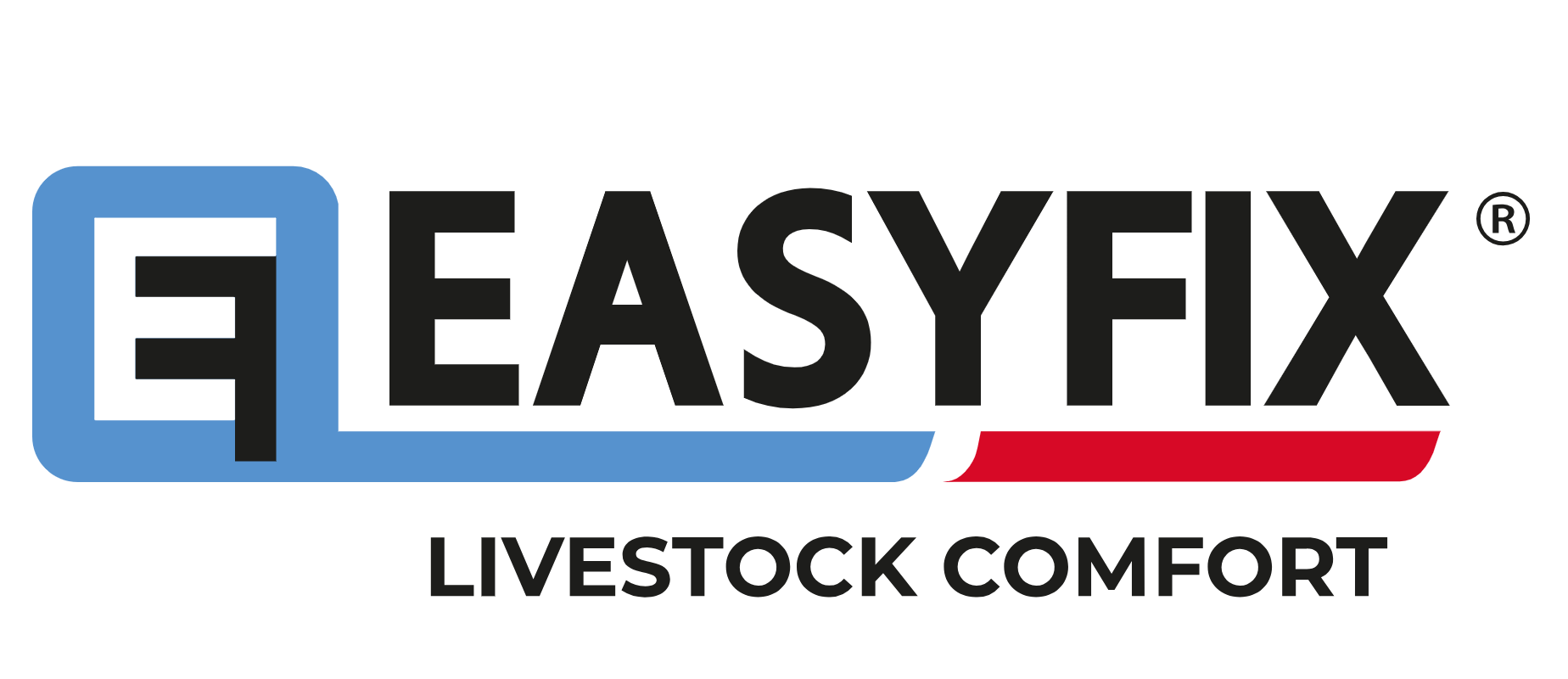
BamCore Showcases its Carbon Impacts via Autodesk Ecosystem

Discover the sustainable future of construction with BamCore. Established in 2008 and rebranded as Global Bamboo Technologies in 2019, BamCore leads the charge in revolutionizing the construction industry.
MEET BAMCORE
Established in 2008 and reformed as Global Bamboo Technologies in 2019, BamCore revolutionises the construction industry with sustainable and innovative solutions to global housing and climate challenges. They utilise eco-friendly materials like timber, bamboo and eucalyptus to significantly reduce global emissions and present an alternative to traditional high embodied carbon construction materials. Their high-performance framing systems, such as Prime Wall™ and Mass Timber Bamboo™, prioritise eco-friendliness, cost-effectiveness, and energy efficiency.
BamCore uses biogenic fibres, such as bamboo, and industrialised construction processes to efficiently decarbonise the built environment. Each house they build contributes to the climate clean-up, reducing building material, time, and labour; that's why they say, "it is the best way to build".
Through the Autodesk Foundation, Symetri’s Co-Innovation Lab and BamCore worked together to easily demonstrate the value of BamCore’s products. Using Autodesk's design analysis ecosystem, Symetri developed a digital solution to demonstrate BamCore’s products’ benefits on energy and carbon impacts.
BamCore can now rapidly obtain comparative energy and carbon impacts through the custom workflow developed and present the outcomes to their customers as a part of the result.
CHALLENGES
The challenge was that BamCore needed to clearly communicate their solutions' impact and value in a digestible format. Educating their customers to make strategic and informed decisions when comparing BamCore’s products to traditional ones. Furthermore, BamCore’s products presented unique challenges; that complicated digital predictive analysis for the Out-Of-The-Box solution.
SOLUTIONS
Symetri developed an optimised workflow, ensuring consistency and significantly reducing modelling time and project cost. Symetri presented a process to give BamCore a fast and accurate Energy Use Intensity (EUI) regardless of model condition. Symetri introduced BamCore’s distinctive framing panels with their unique values to the Autodesk Insight plugin with the idea that the user could convert detailed building elements (i.e., walls) into analytical surface overrides. This allowed BamCore to quickly select their products and generate multiple iterations to determine the most optimal and impactful solutions as they evaluated their wall types against the proposed design intent. All BamCore’s wall types were benchmarked and indexed. This index allowed the insertion of carbon computations into schedulable parameters. As a result, BamCore could swiftly understand carbon consequences for all assemblies when modelling.
SUSTAINABLE BENEFITS
The outcome through Symetri’s innovation allowed BamCore to showcase the operational and embodied carbon impact to their customer in a more digestible format by leveraging the BIM model and data via a dashboard. BamCore developed these tools with Symetri to demonstrate that Bamboo has a far higher carbon benefit than wood and should therefore be considered when calculating carbon credit. A recent study found that the thermal difference between traditional framing houses and BamCore panels houses over the life cycle of 70 years of a 2000 ft2 (185 m2) house reduces more than 200 metric tonnes of carbon emissions, which is approximately equal to the emissions of driving 500,000 miles (805, 000 km) in a traditional combustion engine car. This is in addition to savings on operating costs and a better building envelope.
Related Cases


CQ FlexMon enables Ireland’s most progressive building company to control its software licences and continuously improve people’s skills
Discover how CQ FlexMon empowered PJ Hegarty & Sons, Ireland's leading building company, to efficiently manage software licenses, enhance skill development and drive continuous improvement in the construction sector. Learn more




